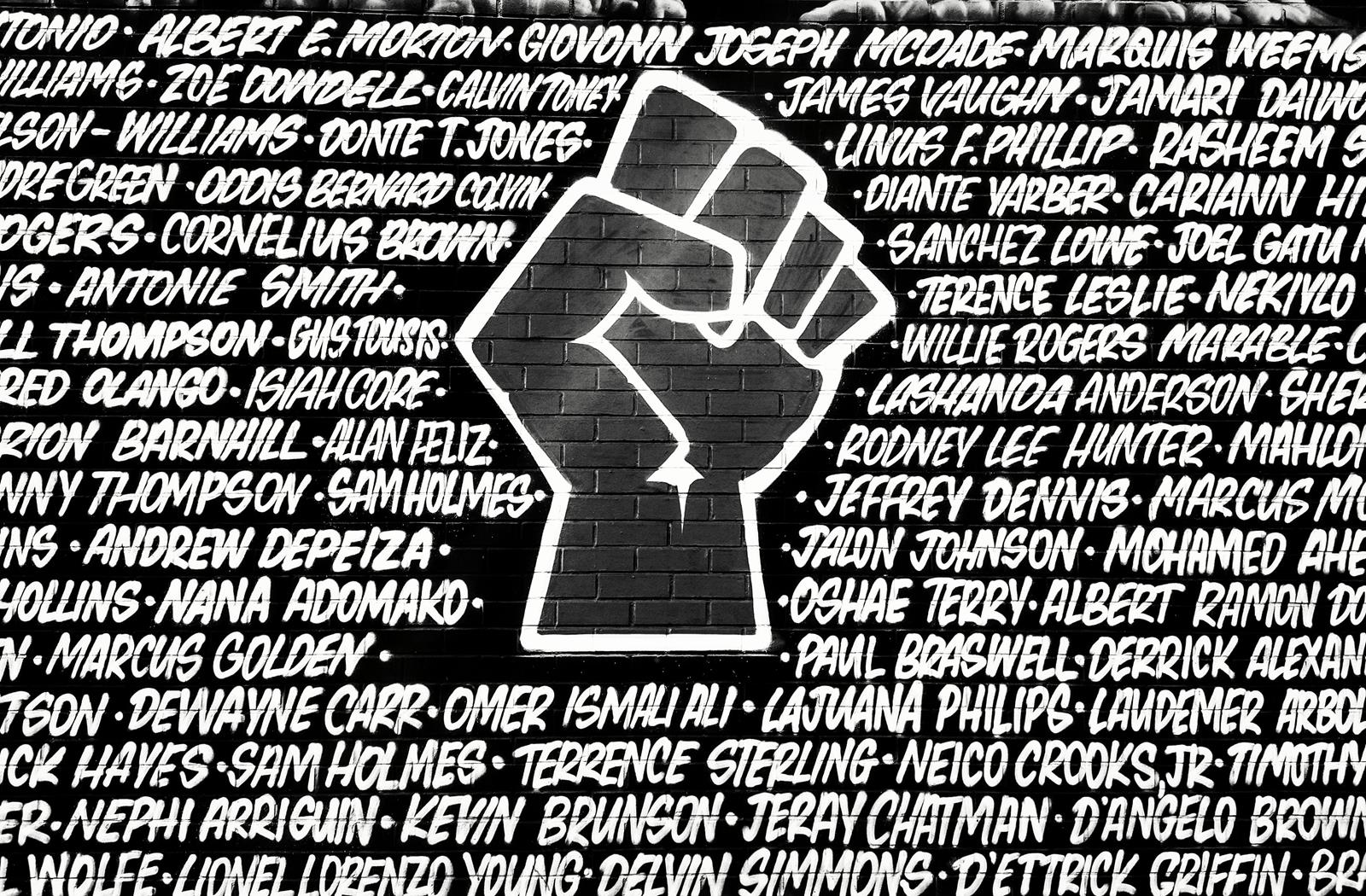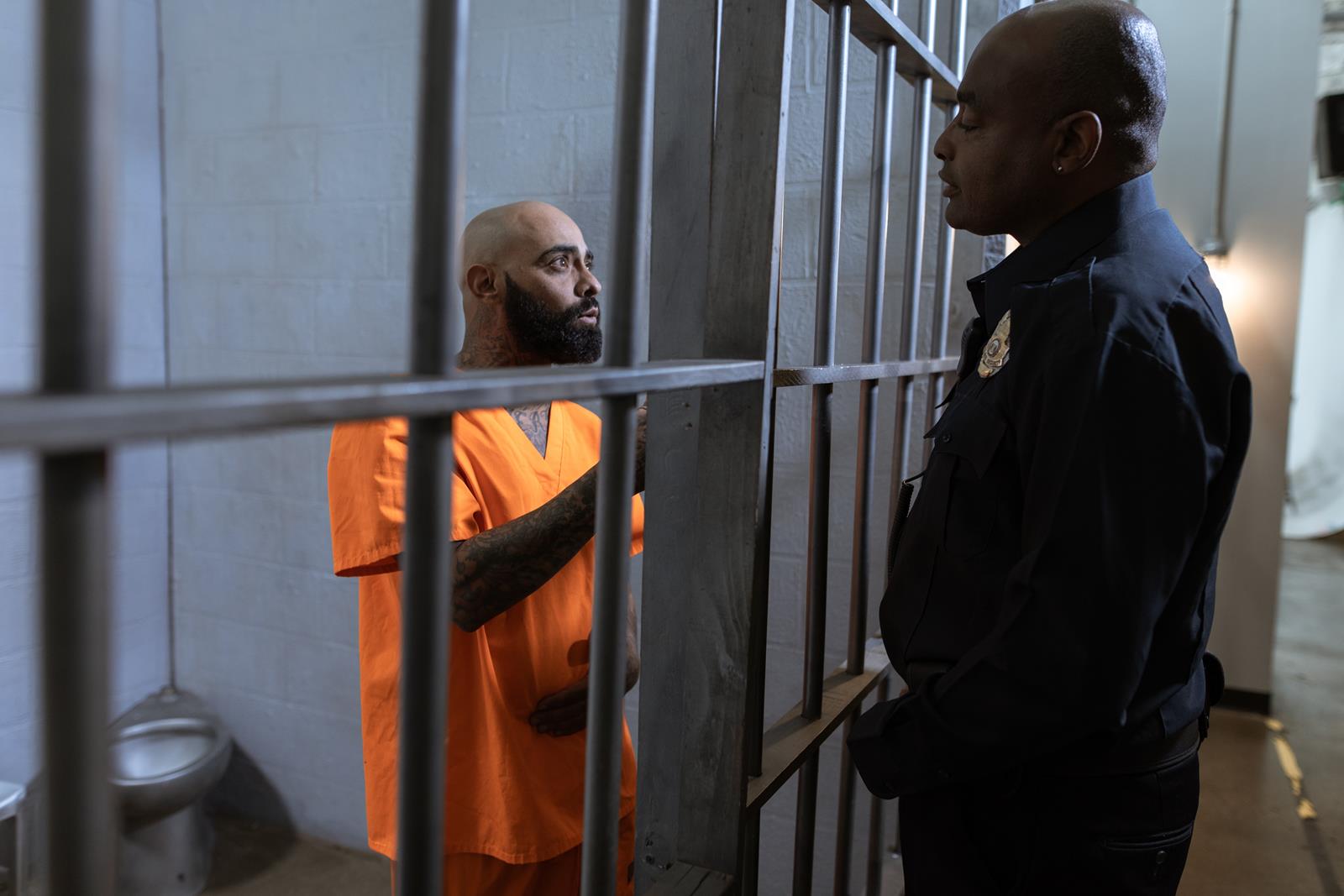The law is basically law that is created and enforced by governmental or communal institutions to control behaviour, with its exact definition sometimes a matter of prolonged debate. It can be loosely defined as the process of reasoning by which a particular group of individuals form and shape laws that effect the rest of us. It is normally called the arts and sciences of law. It includes practically all of the human disciplines governed by law.
There are three levels of law that exist in the US. Civil law, criminal law and contracts law. Civil law covers disputes between private parties. It also includes trusts, land, corporate establishments and commercial activities.
Criminal law deals with offences against the state, government and society in general. It is highly difficult to comprehend criminal law because it is written in very complex legal syntax. Almost all crimes are classified under one of the three branches of criminal law: felony, misdemeanor or crime. Most crimes are highly punishable offences under federal and state laws; however some offences are not, such as piracy and minor crimes.
Jurisprudence refers to the rules of law that govern specific cases. It can be divided further into substantive and procedural law. The first type governs disputes between individuals, and in most common law jurisdictions, disputes between organizations. Civil laws provide protection and rights to individuals from abusive conduct, negligence and invasion of privacy, family law and criminal law. Civil jurisprudence also includes several types of common law jurisdictions, including probate, trusts, property and business laws.
Intellectual property law is a specialized area of criminal law that concerns ownership, access and production of literature, inventions, broadcasting, movies, computer software and sound recordings. The term “intellectual property law” can have several definitions, depending on the jurisdiction in which the law was created. For instance, in the United States, the US Copyright Office generally uses the term “copyright” and in Canada, the Canadian Patent and Trademark Office uses the term “copie”. In Canada, intellectual property lawyers usually deal with the issue of enforcing intellectual property rights.
There are several common law jurisdictions in the United States including common law marriage, common law civil law and common law corporate law. In many instances, the divorce laws of one state may override those of another, and even when states have conflicting interests, divorce law can often be resolved in one court through the application of the law that was established in the home state. Many common law jurisdictions also have a trial court system, although most trials are now completed through juries, which operate much like juries in civil law jurisdictions. Criminal law courts are designed to provide a criminal defense lawyer with adversarial resolution of the cases that they represent.
Pierson, McDonald, and Sheehan allude to a case in California in which the Supreme Court invalidated an attempt by the California legislature to limit the power of a franchisor to limit franchise sales. The three-judgment judgment found that the California legislature had exceeded its power in enacting the statute and therefore invalidated the franchise requirement. The three judges who wrote the opinion of the Supreme Court referred to themselves as “judicial interpreters”, indicating that they had not necessarily seen the case through the judicial lens of their minds, but had allowed themselves to apply a standard of law which they described as “judicial interpretation”. They relied heavily on precedents set by previous federal courts, including the Fifth Circuit, in striking down similar laws limiting franchise sales. They found that Congress, in enacting the law at issue, had not intended to limit the power of franchisors to limit sales, and that the restriction therefore violates the Due Process Clause of the Fifth Amendment.
Many common law jurisdictions will comment upon the conclusions reached in decisions of the lower courts, and some lower court opinions will refer to precedents from prior decisions of the Supreme Court. This situation arises because the review of law is a complex matter, and it is sometimes necessary to take judicial interpretations of law into account in order to decide a case’s scope. There are many free online resources that present the various legal decisions in the context of the relevant issues. These include the U.S. Supreme Court’s website, which allows one to scroll through each of the current decisions pertaining to specific cases, as well as more generalized summaries of decisions on broader legal topics.


